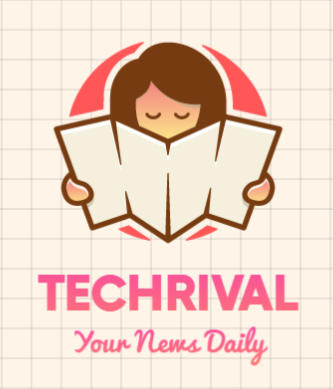After the Samsung ATIV S was outed as the first Windows Phone 8 smartphone at IFA last week, Nokia has joined in on the action by unveiling the Nokia Lumia 920, its latest flagship smartphone that it hopes will continue the fight against the soon to be announced iPhone 5 and the current slew of great Android phones.
Set to be Nokia's flagship Windows Phone 8 handset alongside its more budget-friendly Nokia Lumia 800, we take a snapshot look at the features that might tempt the money out of your pocket for the Nokia Lumia 920
Build and design
Incorporating the same polycarbonate materials used on the Lumia 900 and 800 Windows Phone 7 handsets, the Lumia 920 will be available in a variety of bright shades which include yellow, lipstick red and slate grey. The physical buttons are now made from ceramic which Nokia claims are impossible to scratch, while there's now a new curved glass screen which we will move onto next.
Screen
Measuring in at 4.5-inches, the Lumia 920 features a PureMotion HD+ display which Nokia boldly claims is the brightest display on the planet but no doubt the likes of Samsung will probably contest that. Using ClearBright technology, the display detects sunlight and will adjust colour and brightness accordingly to deliver optimum viewing whatever conditions you find yourself in.
 Camera
Camera
Nokia’s amazing PureView camera technology was somewhat wasted on the Symbian-packing 808 handset, so thankfully the Finnish mobile-maker is bringing the high end snapping tech to the Lumia 920. The 8.7-megapixel rear-facing camera with Nokia PureView and Carl Zeiss optics will be able to deliver clear, bright images using floating lens technology and an F2.0 aperture that lets in five times more light than its smartphone compatriots, all without the need for a flash. It’s also worth mentioning that advanced optical image stabilization will also help reduce those blurry pics
On the video shooting front, you will be able to capture full HD 1080p content at 30fps, while the 1.2 Megapixel front-facing camera will be able to shoot 720p HD video.
Nokia Maps and City Lens
One thing that Nokia has seemingly been quite good at of late is its navigation software and now it has announced that Nokia Maps, Drive and Transport will be available on the Lumia 920 with a few new features. Nokia Maps now has access to offline mapping content while Nokia Drive now features a voice guided satnav. New Nokia Transport will help you get to work whether indoor or outdoor in a similar way that Google Now does, while the Layar-style City Lens augmented browser will display real-time information overlaid onto shops and restaurants as you walk past them on the high street.
Battery and processor
There’s a 1.5GHz Snapdragon S4 dualcore processor and a 2,000maH battery on board which will make the Lumia 920 30% more efficient than quadcore alternatives, but the biggest news in terms of juicing up the Lumia 920 is the introduction of wireless charging. This means you will be able to sit the handset on a type of recharge pillow (leaked prior to the phone’s official announcement) to give your handset a power nap. The good news is that companies like Virgin Atlantic will introduce wireless recharge plates while a range of charging accessories, stands will be available including the new JBL Powerup that charges and also plays music from the Lumia 920 via NFC.
Windows Phone 8
Of course the Lumia 920 will become Nokia’s flagship Window Phone 8 handset and amongst some of the features to expect, you will be able to use Live Tiles on the home screen which will display information such as missed calls and text messages, customization of Internet Explorer and the ability to take screen shots. Closely aligned with Windows 8, the tile-styled operating system will also have SkyDrive integration to make sharing files and photos a lot easier.
More: Windows Phone 8 features
Storage
To compensate for all the music, pictures and video you are likely to accumulate, there is 32GB of integrated memory with MicroSD card support on board as well. If that's not enough, you can head into the clouds and use 7GB of free SkyDrive storage.



